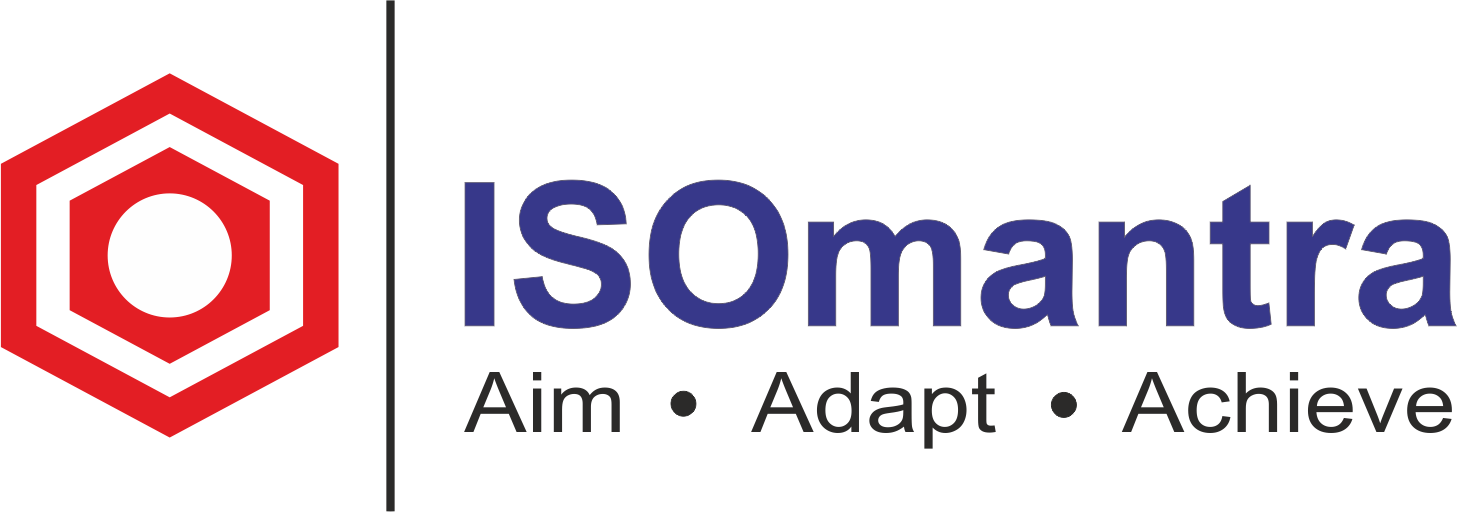
ISO 22301 is the International Organization for Standardization’s (ISO) recognised
international standard for Business Continuity Management Systems (BCMS) (ISO).
ISO 22301 business continuity management is the first ISO standard to
include Annex L, which establishes a common structure for all new ISO
management system requirements.
In a world where cyberattacks, data breaches, and natural catastrophes can
disrupt company continuity and fast harm reputation, organisations and
enterprises must create, maintain, and continually improve their
business continuity management system (BCMS).
Their ISO 22301 certification for continuity management confirms this.
The ISO 22301 business continuity management standard is critical in
assisting organisations in identifying and prioritising threats.
It enables businesses to properly deploy their business continuity management system, allowing them to respond to and recover from incidents with minimal business disruption.
According to studies, nearly one in every five organisations has substantial
business disruptions each year.
As a result, a robust and resilient organisation is one that can adapt to
changing conditions, understands its weaknesses, and has measures in place to
manage risk and respond if necessary.
Compliance with ISO 22301 business continuity management helps your
organisation to do all of the following in a straightforward and organised
manner.
ISO 22301:2012 was issued as a revision of the standard in 2012. This was
about societal security. It outlined the standards for ‘planning, establishing,
implementing, operating, monitoring, reviewing, maintaining, and continually
improving a documented business continuity management system.
ISO 22301 2012 aimed to prevent against, decrease the likelihood of, plan
for, respond to, and recover from disruptive incidents when they occurred. ISO
22301:2012 was issued as a revision of the standard in 2012.
This was centered on societal security. It outlined the standards for ‘planning, establishing, implementing, operating, monitoring, reviewing, maintaining, and continually improving a documented business continuity management system.

